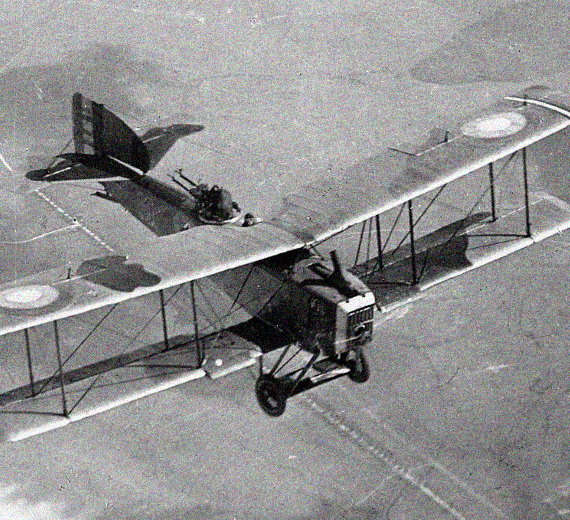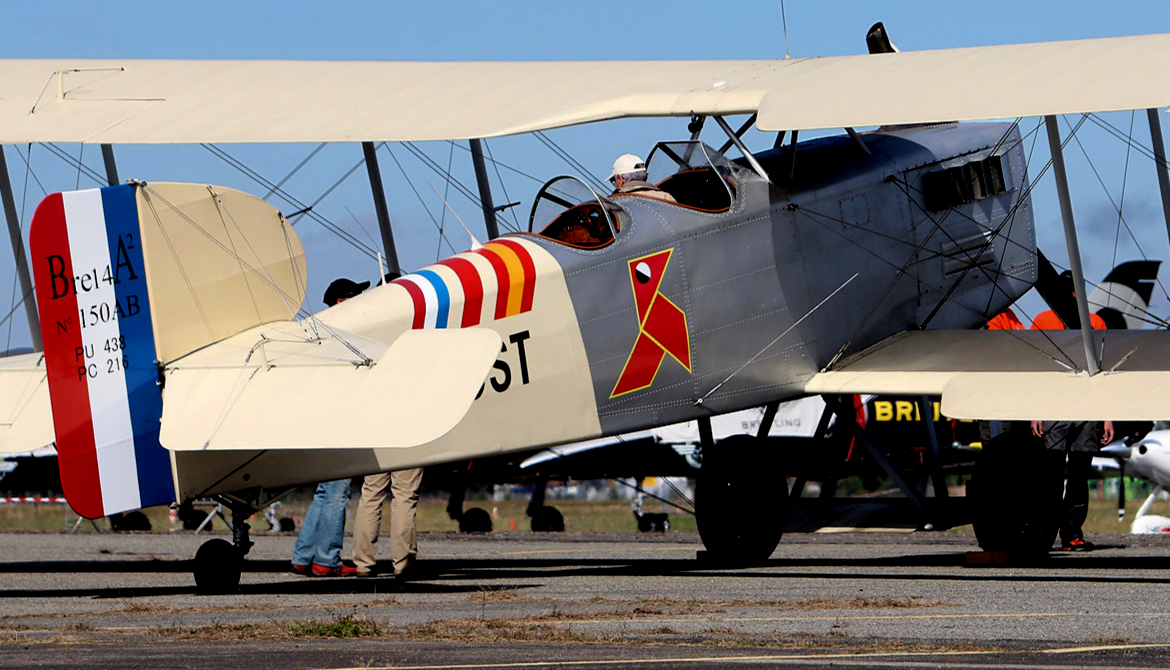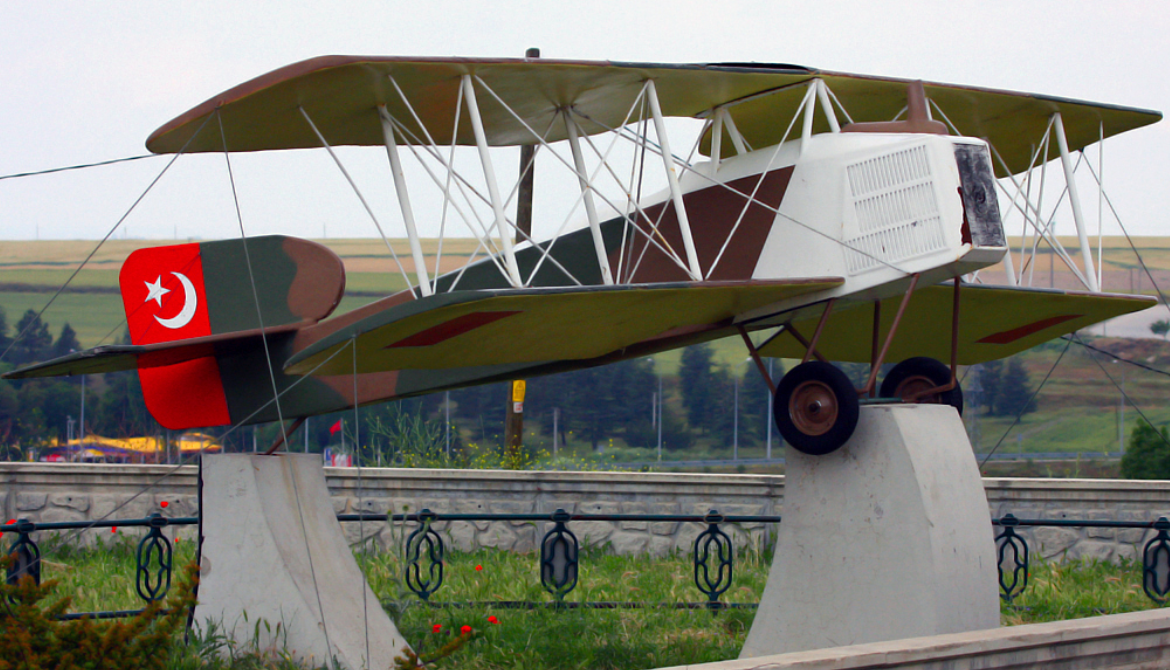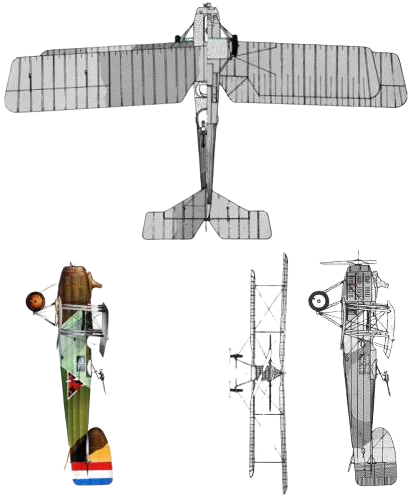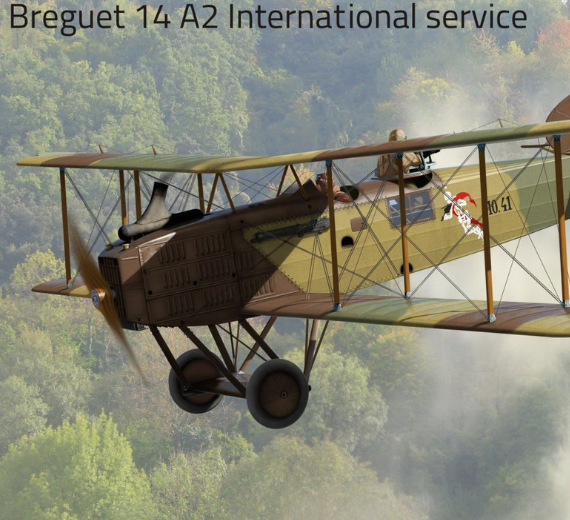Bréguet XIV French biplane bomber
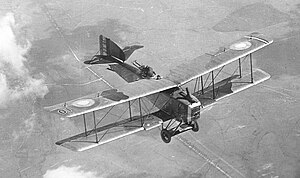 |
|
| Role | Bomber and reconnaissance |
|---|---|
| Manufacturer | Bréguet |
| Designer | Marcel Vuillierme |
| First flight | 21 November 1916 |
| Introduction | May 1917 |
| Status | Retired |
| Primary users | Aéronautique Militaire US Army Air Service Polish Air Force Royal Thai Air Force |
| Produced | 1916–1928 |
| Number built | c. 8,000 |
| Developed from | Bréguet AV |
| Variants | Bréguet 16 and 17 |
.
History Société anonyme des ateliers d'aviation Louis Breguet Bréguet XIV French biplane bomber

The Bréguet XIV (in contemporary practice) or Bréguet 14 was a French biplane bomber and reconnaissance aircraft of World War I. It was built in very large numbers and production continued for many years after the end of the war.
The Bréguet 14 was among the first mass-produced aircraft to use large amounts of aluminium, rather than wood or steel, in its structure. This allowed the airframe to be both lighter and stronger, in turn making the aircraft fast and agile and it was able to outrun some contemporary fighters
The Bréguet 14 was designed by aviation pioneer and aeronautical engineer Louis Bréguet. Bréguet had already built a reputation for producing capable aircraft and for having innovative ideas, including the use of metal in aircraft construction. The outbreak of the First World War in 1914 led to Bréguet-built aircraft being ordered by the military air services of several Triple Entente nations. He temporarily abandoned the preferred tractor configuration for a pusher design to satisfy the French general staff, who sought a clear forward view for the observer..
Into flight



Louis Bréguet took the prototype into the air for the first time on 21 November 1916. In November 1916, the S.T.Aé. had issued requirements for four new aircraft types, and Bréguet submitted the XIV for two of those - reconnaissance and bomber.
0
KmCeiling
0
HrEndurance
0
Km/hAircraft Speed
0
Max Crew
Photo Gallery
Société anonyme des ateliers d'aviation Louis Breguet Bréguet XIV French biplane bomber


Société anonyme des ateliers d'aviation Louis Breguet
Bréguet XIV French biplane bomber
General Info
-
-
- Crew: Two
- Length: 8.870 m (29 ft 1 in)
- Upper wingspan: 14.364 m (47 ft 2 in) with original ailerons
-
-
- 14.86 m (48.8 ft) with balanced ailerons
-
- Lower wingspan: 13.664 m (44 ft 10 in) with original ailerons
-
-
- 13.284 m (43.58 ft) with balanced ailerons
-
- Height: 3.33 m (10 ft 11 in)
- Wing area: 50.2 m2 (540 sq ft) with original ailerons
-
-
- 48.5 m2 (522 sq ft) with balanced ailerons
-
-
Powerplant
-
-
- Empty weight: 1,017 kg
- Gross weight: 1,769 kg
- Powerplant: 1 × Renault 12Fcx V-12 water-cooled piston engine, 220 kW (300 hp)
-
- Alternative engines
- Renault 12Fcy 230 kW (310 hp)
- Renault 12Fe 240 kW (320 hp) sometimes fitted with Rateau turbocharger
- Renault 12Ff 260 kW (350 hp)
- Alternative engines
-
Performance
- Maximum speed: 195 km/h (121 mph,
- Endurance: 2 hours 45 minutes
- Service ceiling: 6,200 m (20,300 ft)
- Rate of climb: 4.867 m/s (958.1 ft/min)
- Time to altitude: ::2,000 m (6,600 ft) in 9 minutes 15 seconds
-
- 3,000 m (9,800 ft) in 16 minutes 30 seconds
- 5,000 m (16,000 ft) in 47 minutes
Related development
-
- Guns: 1 × fixed 7.7 mm (0.303 in) Vickers machine gun + 2 × flexible 7.7 mm (0.303 in) Lewis Gun on T.O.3 or T.O.4 mount for the observer
- Bombs: up to 355 kg (783 lb) of bombs, typically 32x 8 kg (18 lb) 115mm bombs
.
Links to Youtube & Others
The Bf 108A first flew in 1934, followed by the Bf 108B in 1935. The Bf 108B used the substantially larger, 12.67 litre displacement Argus As 10 air-cooled inverted V8 engine. The nickname Taifun (German for "typhoon") was given to her own aircraft by Elly Beinhorn, a well-known German pilot, and was generally adopted
Bréguet XIV French biplane bomber
Development of the type continue and in 1935 the Bf 108B appeared with the fin and rudder having undergone modifications.
Youtube Link
Conceived as a competitive aircraft the Bf 108 would take part in the 1936 Berlin Olympics.
